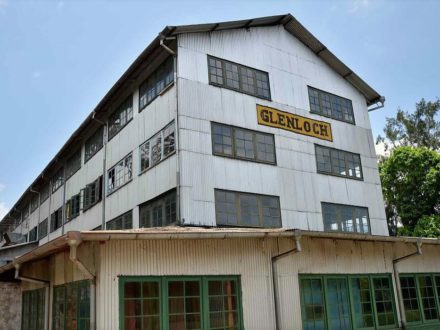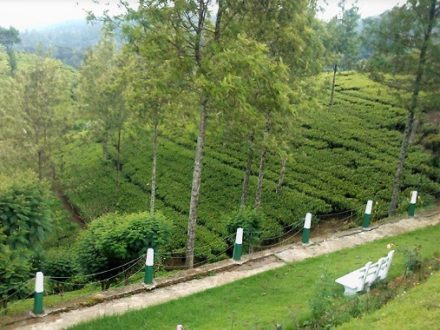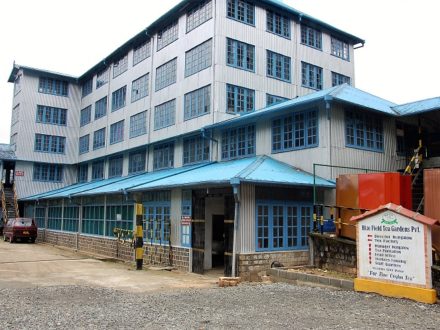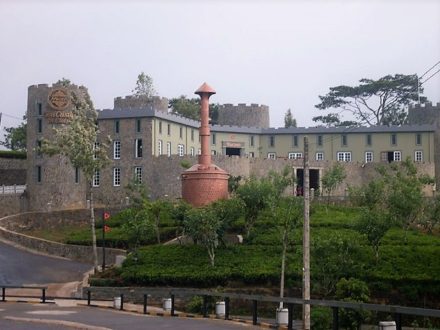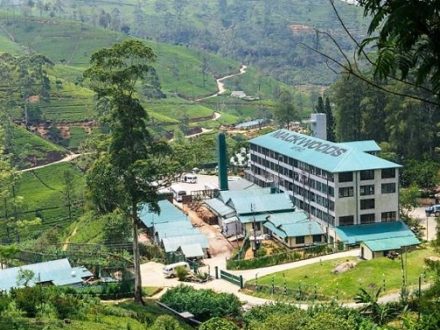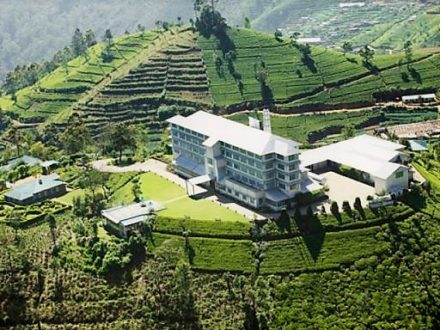
The tea country of Sri Lanka has always been divided in a number of ways. It has been administrative provinces and districts, planting districts, economic plantation regions, climatic regions, AGADs or distribution according to elevation. Many of these are named the same even if they have different definitions. To bring some order into this Sri Lanka Tea Board defined several regions or ‘districts’, each of which is known for producing teas of a particular character.
There are seven districts in all. Each presents a unique combination of climate and terrain that leaves its mark on the tea it produces, regardless of price point or estate of origin. The use of the names of the tea-growing regions of Sri Lanka are now strictly restricted and controlled. Only teas that conform to a registered, legal definition of origin and manufacture can bear the name of a given district.
First, the tea must have been grown entirely within a particular ‘agro-climatic region’ (the technical term for ‘district’). This usually implies a particular altitude range as well; for example, tea from Uva district will have been grown at an altitude between 1000 and 1600m above sea level, while Nuwara Eliya tea will have been cultivated at a higher altitude range, averaging 2,000m.









